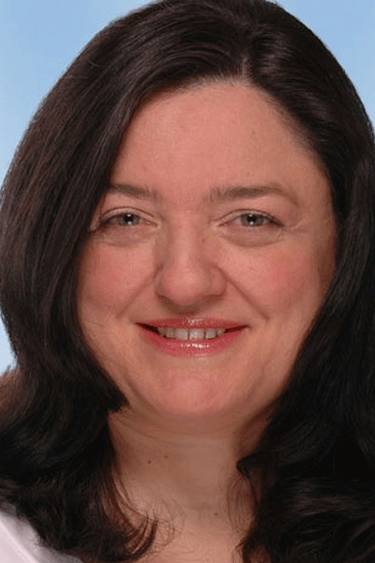Measurement and Quantitative Modeling of Psychological Phenomena
Faculty in Psychology at Minnesota have a long history of developing of new tools and methods to measure and model psychological phenomena, particularly with regard to individual differences. For instance, the University of Minnesota is home to the groundbreaking Minnesota Multiphasic Personality Inventory (MMPI), first published in 1942. Developed by U of M Professors Starke R. Hathaway and J. Charnley McKinley, the MMPI became the most widely utilized objective measure of personality and psychopathology, relied on by researchers and practitioners in medical facilities, prisons, the military, etc. UMN Psychology is also known for developing and advancing computer adaptive testing, which involves the redesign of tests used to measure psychological variables for delivery by computers, and for innovations in the creation of inventories for interest and vocational measurement.
Read more about how our faculty contribute to this area of excellence:


Distinguished McKnight University Professor
Hellervik Professor of Industrial Psychology
Distinguished University Teaching Professor
Psychologists have begun to deeply rethink how they practice science due to the “replication crisis,” meaning the results of many scientific studies are proving difficult, or even impossible, to reproduce. In order to combat this dilemma, researchers are pushing for greater transparency and accountability, particularly with regard to providing documentation of one’s hypotheses, research design, and analyses prior to beginning the research. Full transparency with measurement and modeling is a key factor in improving replicability, and ultimately confidence in the science. Many of our faculty were early adopters of “open science” practices, such as preregistration of studies, to ensure their results—whatever they may be—are unimpeachable once their measurement and modeling is deployed. Replicability can also contribute to decreased bias in the ways in which measurement and quantitative modeling have occasionally been employed in the past to discriminate against certain groups of people, such as during the eugenics movement. When developing measures of intelligence, for instance, greater transparency and accountability can help to ensure that such measures are equitable and not biased and/or used against certain groups.
Today, Psychology faculty continue to be at the forefront of developing new ways to measure and model psychological phenomena, including when it comes to “big data” (i.e., data sets that are too large and complex to be processed using traditional application software). Because there is now so much data available worldwide, researchers are forced to innovate new ways to handle it. Katerina Marcoulides, PhD, whose research involves the development of new modeling and data mining approaches, noted, “if we have 100 possible predictors to identify potential relationships with [an] outcome of interest…if we’re trying to do that one by one…it would take a trillion years to identify the optimal solution, or to go through the process of testing each model. Data mining uses heuristic algorithms…[which involves] guesses at how to best identify the correct model because testing all models is not computationally possible.” Rather than getting stuck using “the same methods over and over again,” Marcoulides and other departmental colleagues are commonly forging new paths.
Deniz Ones, PhD, is confident that graduate students in the Department of Psychology receive—and have received throughout its long history—the education they need “to really go deep into psychological measurement and modeling.” She noted that those in other fields who engage in measurement and modeling fare far better when working alongside well-trained psychologists.
Because science aims to be objective, and scientific applications need to be evidence-based, the necessity of measurement and quantitative modeling of psychological phenomena will persist. But that is not to say that what was created decades ago is standard today. Instead, what promises to endure is our faculty’s ongoing development and exploration of new tools and methods to do so.


